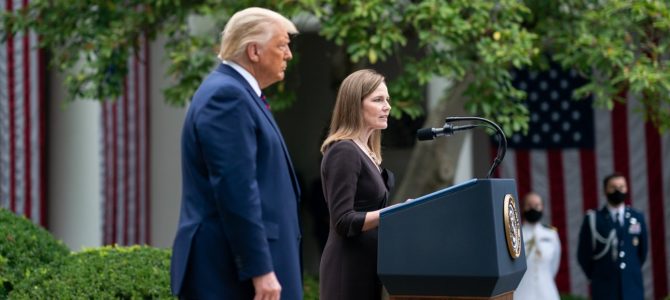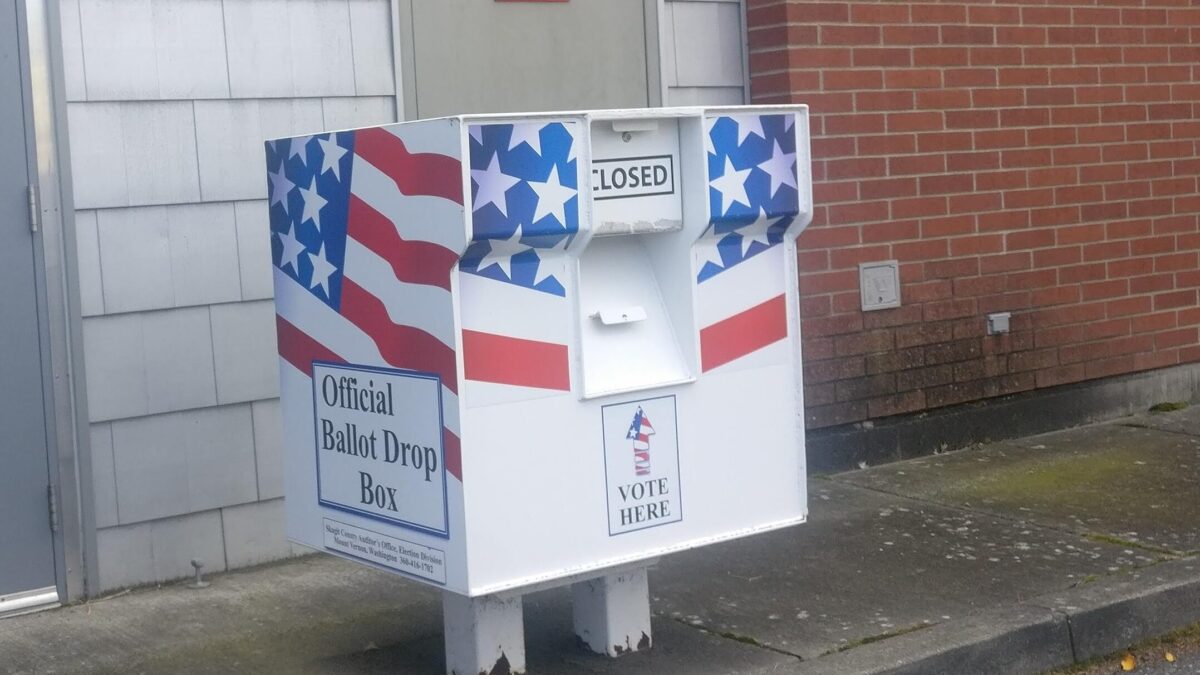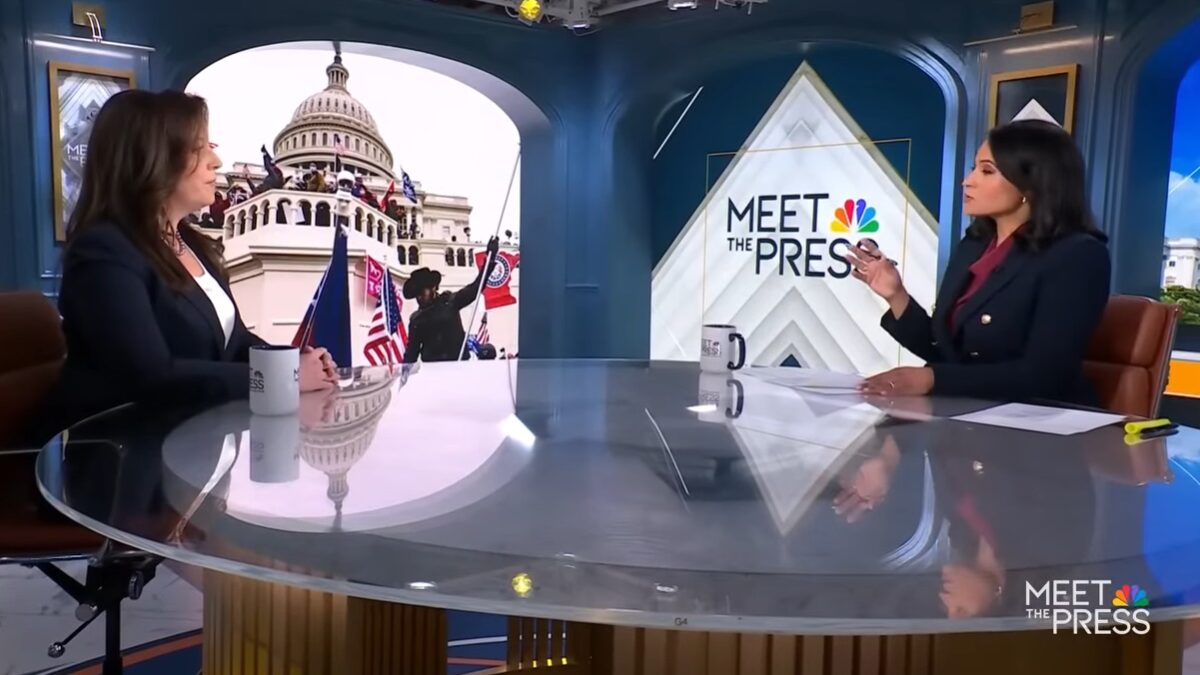
If Seventh Circuit Judge Amy Coney Barrett is confirmed to the Supreme Court, there will be a federal appellate court vacancy for the first time since June, when the Senate filled the last two remaining slots. President Trump should take Sen. Mitch McConnell’s mantra of “leave no vacancies behind” to heart and nominate someone for that opening.
Such a move would cement Trump’s biggest success: picking committed and youthful originalists—judges who will interpret the Constitution according to its original public meaning at the time of enactment — and getting them through the Senate.
This administration has surpassed even George W. Bush’s well-oiled judicial machine, with jurists of the same kind and caliber as those conservative-constitutionalist Ted Cruz would have chosen — and probably better than Jeb Bush or Mitt Romney would’ve done. Senators will occasionally insist on cronies, but the ratio of solid, “movement” nominees to establishmentarian hacks is exceedingly high.
That’s a big deal, because a president has few constitutional powers more important, at least in the domestic sphere, than appointing judges. Justice Ruth Bader Ginsburg served nearly 30 years on the high court, giving President Clinton’s legal agenda a bridge well into the 21st century.
That impact goes just as much if not more for the lower courts, which decide more than 50,000 cases annually. A big ruling on nonprofit-donor disclosures was made in 2016 by a district judge appointed by Lyndon Johnson. When I tell this to law students, it might as well be Andrew Johnson: ancient history!
To put it another way, on Inauguration Day 2017, there were 105 vacancies — and that rose to more than 150 before a tweak in Senate debate rules sped up confirmations. There are now fewer than 60, mostly in states where both Democratic senators have refused to negotiate any sort of deal, preferring their courts to be shorthanded to allowing Trump to get any say in their judges. Overall, Trump has now appointed about a quarter of the federal judiciary, and this impact is particularly felt in the circuit courts.
When President Obama left office, nine of the 13 federal circuits had a majority of judges appointed by Democratic presidents. Trump has partly reversed that, “flipping” three circuits and even balancing out the left-leaning Ninth Circuit. He got a record 30 circuit judges confirmed in his first two years — about the same number as Bush and Obama combined at that point in their presidencies — and 53 overall. That’s better than anyone in one term except Jimmy Carter, for whom Congress created many new judgeships to fill, as a sort of consolation for not having any Supreme Court vacancies on his watch.
If Trump fills the Barrett seat, presumably after the election, that would put him just one circuit judge short of Obama’s two-term total. And it wouldn’t be nearly the first time a judge was confirmed during the Senate’s lame-duck session.
John Adams famously appointed the great Chief Justice John Marshall after losing his reelection bid to Thomas Jefferson. More recently, President Carter nominated Stephen Breyer (now the oldest justice) to the First Circuit on November 13, 1980 — after losing the White House to Ronald Reagan. Judiciary Committee Chairman Ted Kennedy muscled his staffer through confirmation that December.
The Breyer example also puts paid to the “Thurmond Rule” that confirmations stop during presidential election years, named after Senator Strom Thurmond’s efforts to block Justice Abe Fortas’s elevation in 1968. As judiciary committee chairman, Thurmond held hearings and confirmed nominees deep into 1984. A 2008 Congressional Research Service report couldn’t find any “consistently observed date or point in time after which the Senate ceased processing district and circuit nominations during the presidential election years from 1980 to 2004.”
Similarly, a 2012 Brookings Institution study showed that confirmations slow but don’t stop in the final year of a presidential term. This is all similar to the debate over filling Supreme Court vacancies arising in election years, which almost entirely depends on whether the Senate is controlled by the president’s party.
Returning to Barrett’s seat, I suggest keeping it “in the family,” choosing another Notre Dame law professor and specifically one of the talented husband-wife duo of Rick and Nicole Stelle Garnett. Both are former Supreme Court clerks and renowned scholars, he of religious liberty and she of property law. Either would be a worthy successor to our newest justice.









